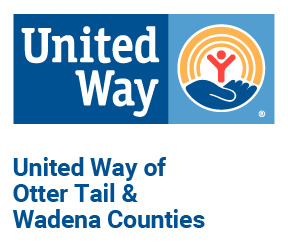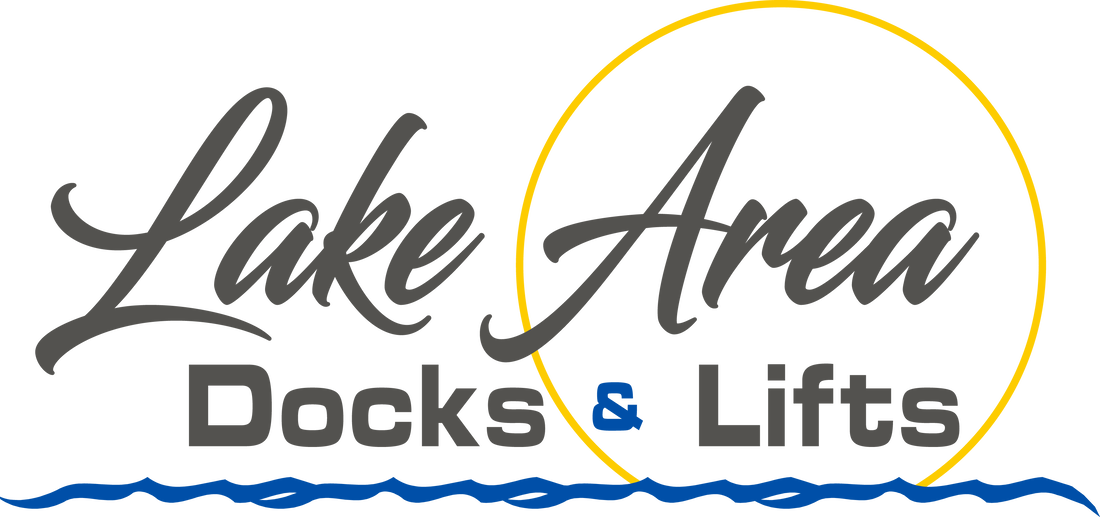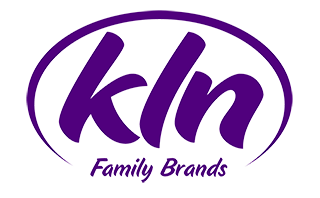Imagination Library
What is Imagination Library?
- The program was launched by Dolly Parton in 1995
- Children receive high quality, age appropriate books mailed directly to their homes
- Program goals:
- Foster a love of reading among preschool children and their families
- Get kids excited about books and allow them to experience the magic books can create
- Ensure every child would have books, regardless of their family’s income
Why is it important to get books into the hands of children at an early age?
- Reading promotes:
- A larger vocabulary
- School readiness
- Early literacy
- A path of learning success
- Higher reading and vocabulary achievement scores on standardized tests (school age children)
- Imagination Library promotes:
- Parental involvement with reading and schoolwork
- Lifelong learning in the home
What happens to children who struggle with reading?
- Children with poor reading skills are more likely to experience behavioral problems, repeat grades, and later drop out of high school
- In 4th grade as the curriculum switches from ‘learning to read’ to ‘reading to learn’, the focus turns to reading comprehension and critical thinking skills. Children who are still struggling with basic reading skills will fall behind.
Supportive Statistics
- Otter Tail County was ranked number 23 and Wadena County was ranked 73 out of 87 counties in Minnesota in reading scores (in 2023)
- 52.6% 3rd grade students in Otter Tail County and 37.3% 3rd grade students in Wadena County achieved reading standards (in 2023)
- Studies show that ¾ of poor readers in 3rd grade will remain poor readers into high school
- On average, children in poverty have 2 or less age appropriate books in their homes compared to children from higher income families who have an average of 20
- 61% of low income families have no children’s books at all in their homes
- A child from a low income family enters kindergarten with a listening vocabulary of 3,000 words compared to a child from middle income family who enters with 20,000 words
- 4th grade students who report having 25 or more books in their homes had higher scores on the NAEP reading test (standardized testing) than students with fewer books in their homes.
SPONSORS:



All Rights Reserved.